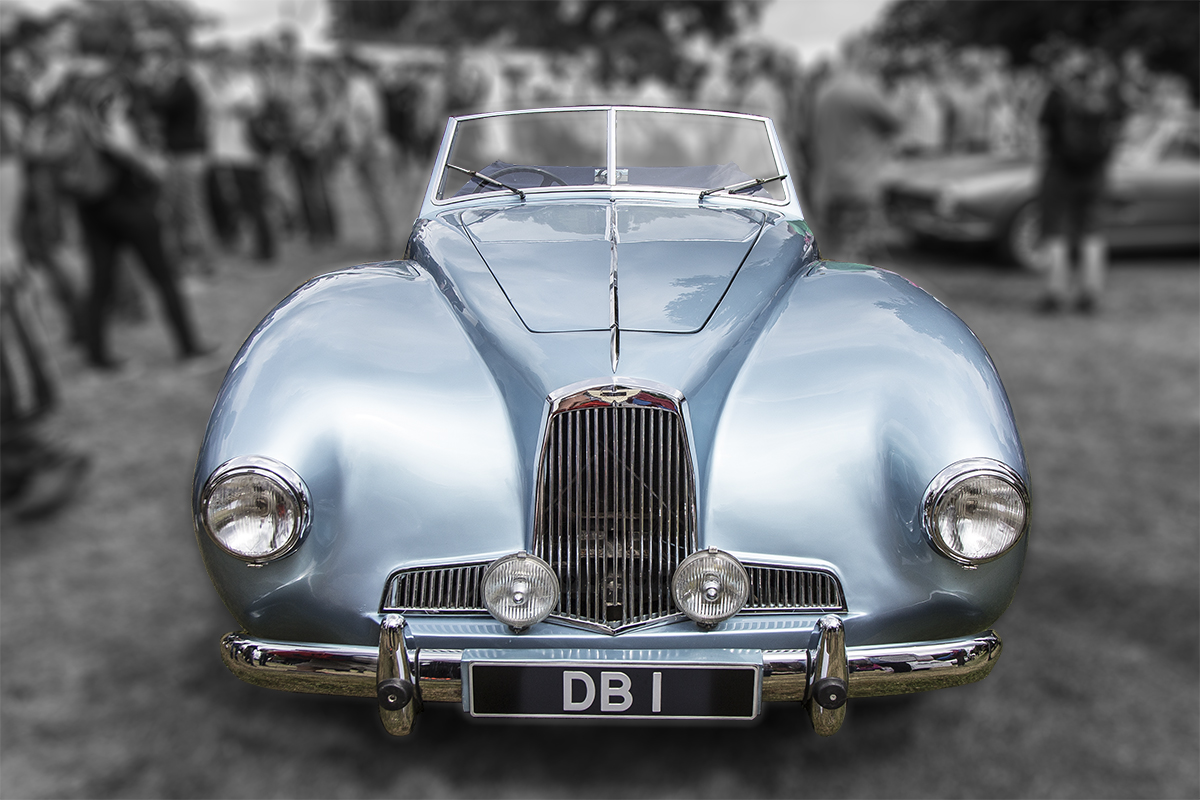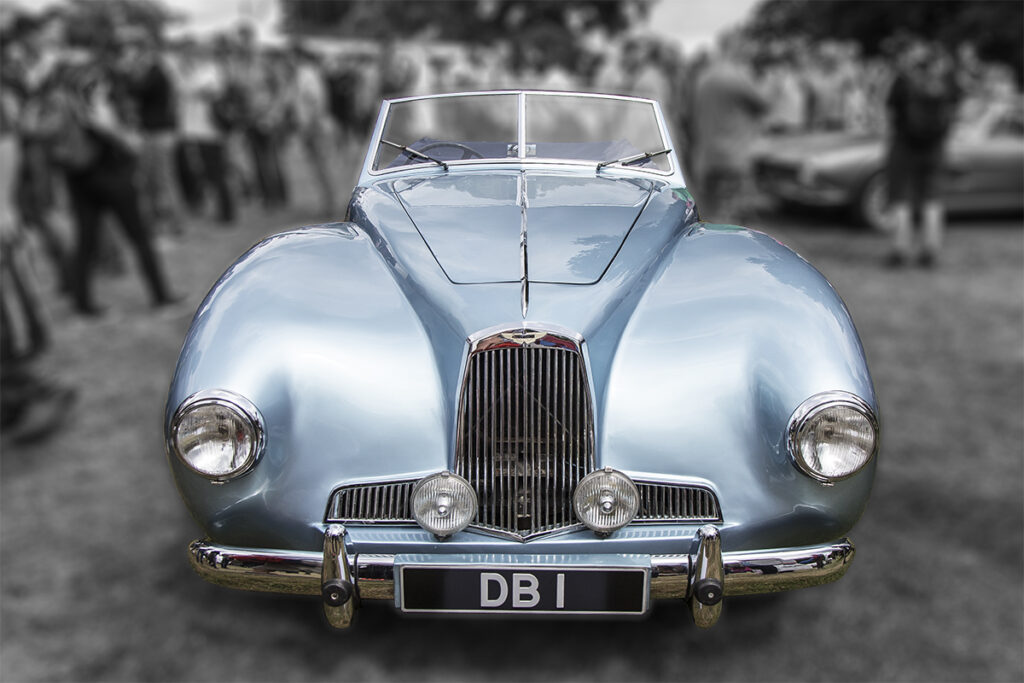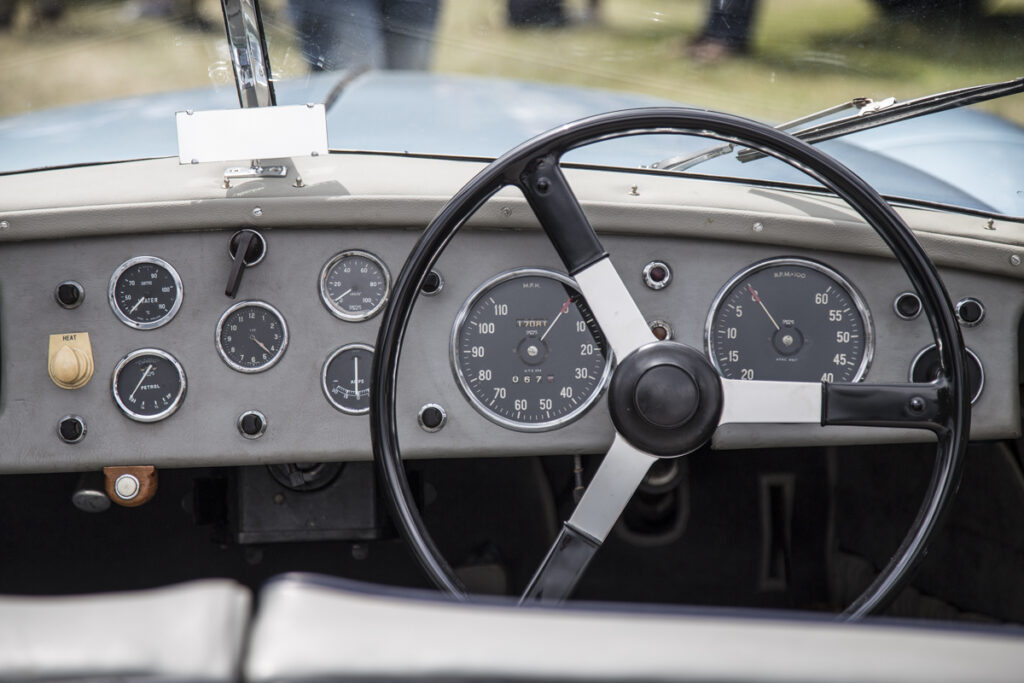
David Brown’s Aston Martin 2-Litre Sports or DB1
The Aston Martin 2-Litre Sports or DB1 started the David Brown era
The Aston Martin 2-Litre Sports (or DB1) was the first produced under the leadership of David Brown. This proved to be a turning point for Aston Martin, propelling them to their present status as an iconic global manufacturer of luxury sports cars.
The first Aston Martin company was founded in 1913 by Lionel Martin and Robert Bramford. The name Aston Martin originates from Martin himself and the Aston Hill near Aston Clinton in the Vale of Aylesbury in Buckinghamshire, UK where he used to race specials. It is believed that his wife, Kate Martin, persuaded her husband to use ‘Aston’ at the front of the new name with ‘Martin’. She thought that the car would then appear at the top of any alphabetical list of car manufacturers, giving Aston Martin prime position.
At that time, Martin had no idea that the name Aston Martin would become the name of one of the most well-known and widely desired luxury sports cars in the world.
Between 1918 and 1947, Aston Martin struggled to establish a stable business and had a series of owners.
It was not until David Brown saw a classified advertisement in The Times newspaper regarding an opportunity to purchase a ‘High Class Motor Business’ for £30,000 that the seedlings of the Aston Martin known today were sown. David Brown already had an established business building tractors, gears and gearboxes and after test driving the new prototype, the Atom, negotiated and acquired the business for £20,500 in early 1947.

During the test drive, Brown thought that the Atom’s 2.0-litre 4-cylinder engine, developed by Claude Hill, lacked power. In 1947, Brown was informed Lagonda, a luxury car manufacturer founded in 1906, was in financial difficulties and bought the company assets. The two companies were merged to form Aston Martin Lagonda Ltd. At Lagonda, he met engine designer W. O. Bentley, who had designed a modern twin-cam 6-cylinder 2,580cc engine called the LB6. However, with a focus on launching the first new era of Aston Martin cars with the 2-Litre Sports, the 6-cylinder engine was saved for Brown’s next car, the DB2.
Brown also decided to change the tube-frame chassis of the Atom, including having an open top on the 2-Litre Sports as he preferred convertibles.
A year later, in 1948, the new Aston Martin team launched the 2-seat, 2-Litre Sports roadster at the London Motor Show. The car retrospectively became known as the DB1 and was the first to use the DB David Brown notation. Only 14 were produced between 1948 and 1950, mainly for sale overseas.
Incredibly, earlier in 1948 the 2-Litre Sports prototype won the 24 Hours of Spa, an endurance race held in Belgium at the Circuit de Spa-Francorchamps. This helped relaunch the reputation of Aston Martin to the international motoring community.
At the time of the development of the 2-Litre Sports, Smiths Instruments was widely regarded as the largest producer of motor car instruments in Europe. It was only natural that an iconic new style of British luxury sports car would use gauges designed and manufactured in the UK.

Mounted behind the steering wheel were a speedometer and tachometer. In the central section of the dashboard were four measurement gauges (water temperature, fuel level, battery amps, and oil pressure) positioned around a centralised clock. The gauges were simple and stylish, perfectly suited to the appearance of the new Aston Martin.
The Aston Martin 2-Litre Sports or DB1 started a new era in the company and created an iconic car manufacturer. Of the few DB1’s still in existence, well-preserved models are presently valued at over a £1 million.
For further information on Smiths gauges for classic Aston Martin cars, or other classic cars such as the Jaguar, Austin-Healey, Land Rover and Lotus, please contact us on:
Email: [email protected]
Phone: +44 (0) 1639 732200
You can also follow us on social media for regular news updates, photographs and technical information: